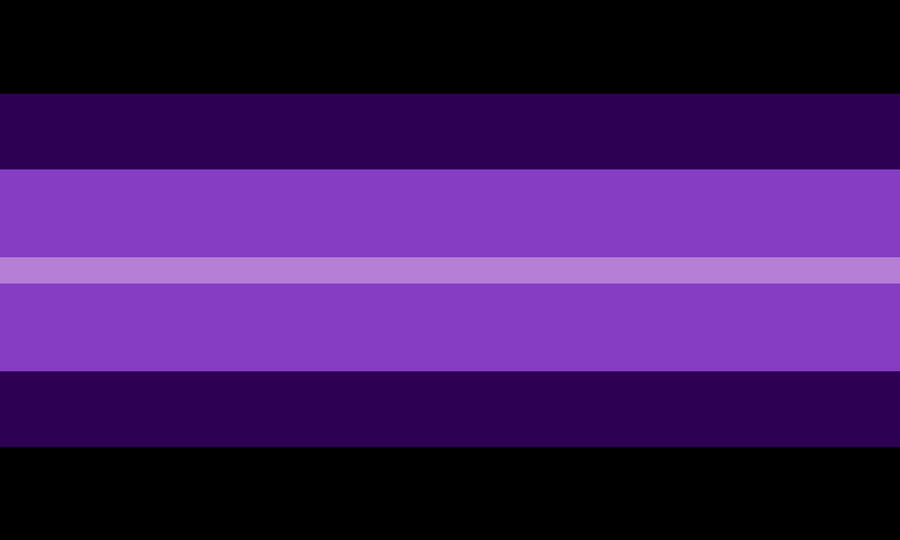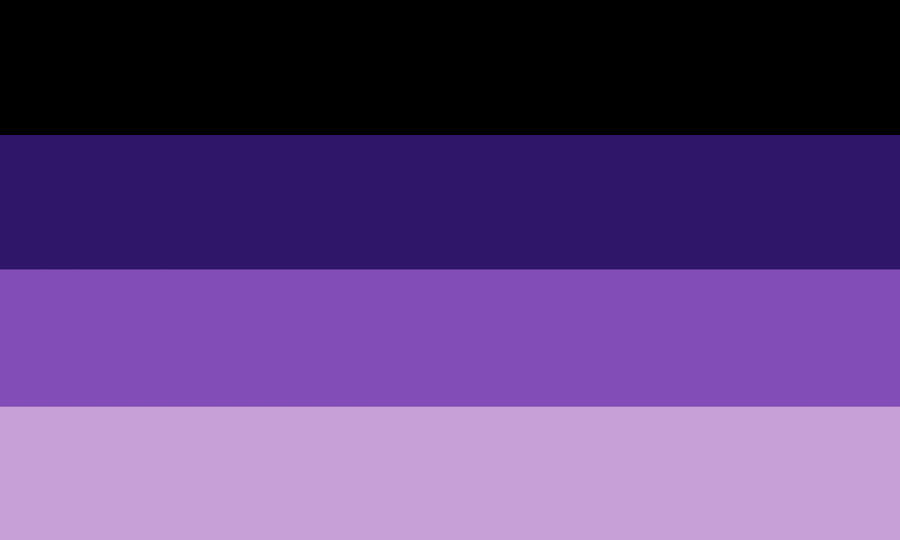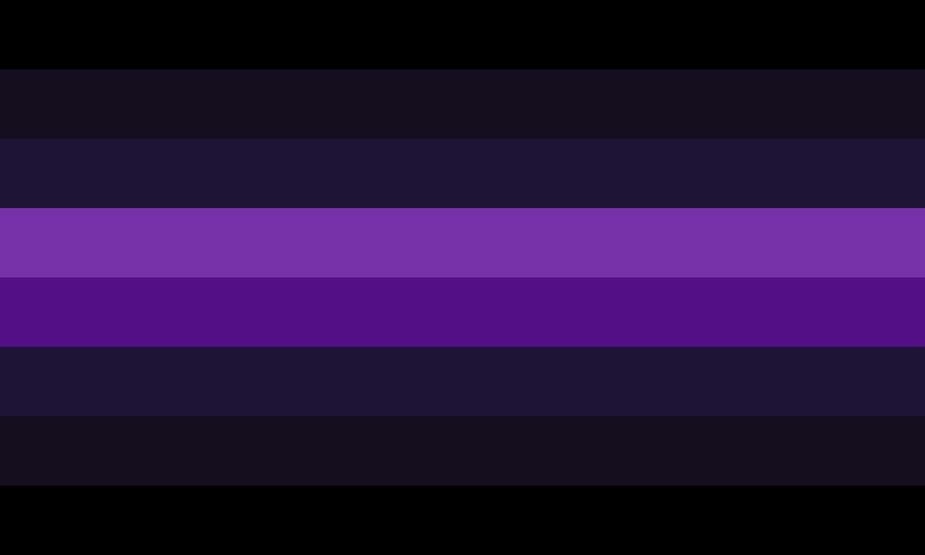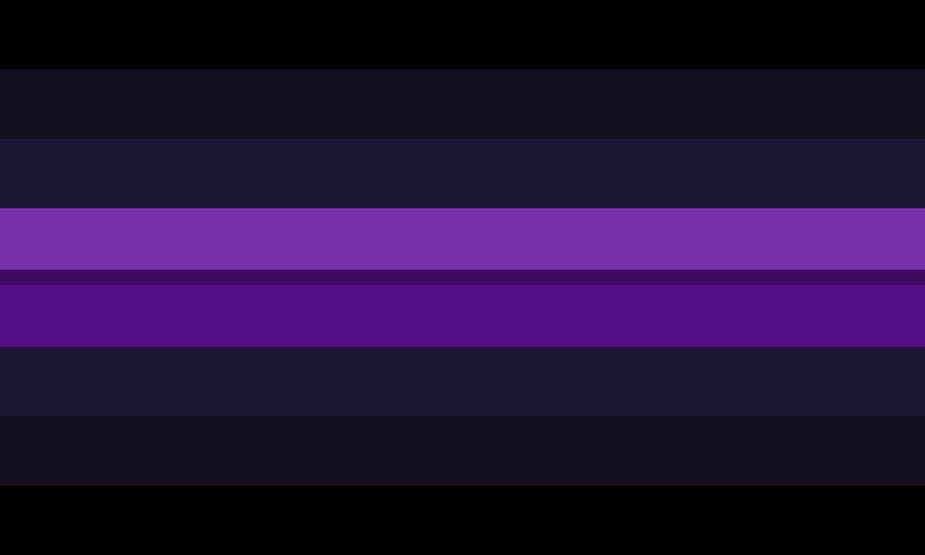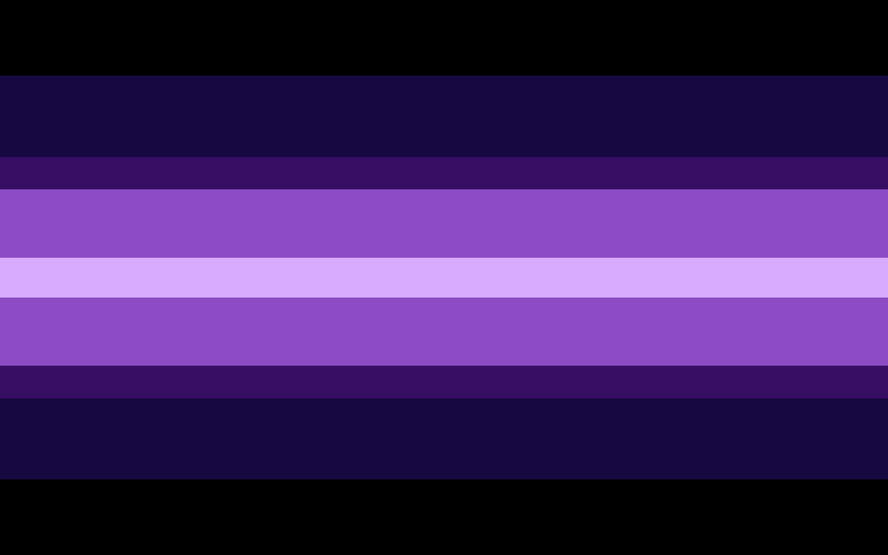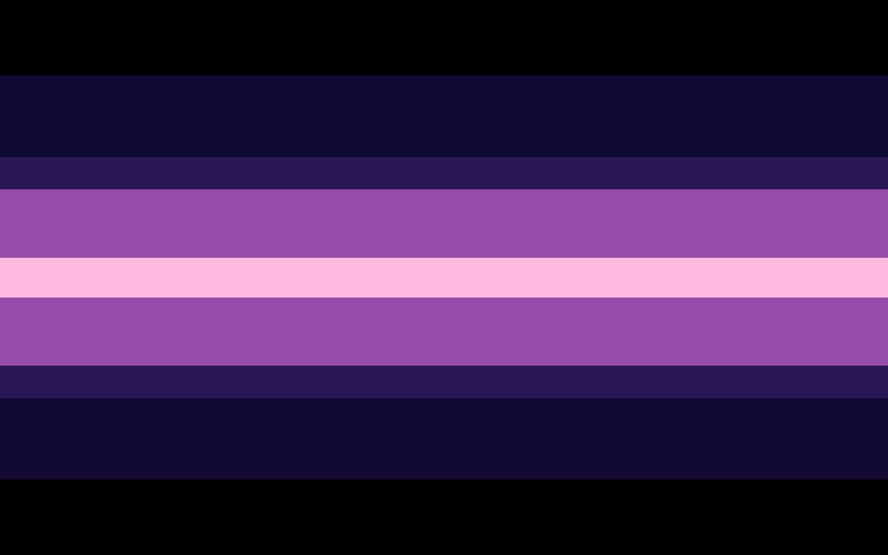Kenochoric
Final Update:
Kenochoric is a label I coined back in late 2020. Originally, it had been made to try to describe my very personal experiences with gender. Over 2 years later, and every time I’ve tried to explain it the “proper” way, I never felt entirely satisfied.So, as a final part of leaving my old communities to start a new life, I decided to take a step back and try to explain kenochoric through what it means to me, and why I made it. I’ve realized that for something I made with such vague details, the best way to try to put it would be through personal experience.Kenochoric, for me, has always been vague, and best described as an experience, like most people feel about gender. I've always felt personally connected with things that couldn't be explained or known about very well, or that boggle our minds by the concept of it. This on top of nostalgia and eerie or "lost" media created the concept of "kenochoric," which can range in ideas from the deep ocean, to fog, to a memory from 20 years ago, to an ARG. Things that evoke mystery, nostalgia, fear, eerieness, or a disconnection from what's "normal," (among other things) are what I could most simply describe my experience as.You might have seen this Carrd in the past, describing kenochoric as: “gender identity that's centered around, among other things, the unknown, eerieness, the uncanny valley, obscurity, nostalgia, emptiness or vastness, liminal spaces, nonhumanity, and things that can evoke any or all of those things. It's an identity of its own, but it can also describe any identity with characteristics that fit its "vibe.””However, as it becomes readily apparent, for a lot of these people these descriptors have little to no link to each other at all, with a note that just about anything else could fit its “vibe.” This is because, at the center of it all, I’ve always found myself relating to things that are mysterious, eerie, or just on the boundary between normal and not. There’s a lot of examples of things out there that make me feel this way (hence mentioning “the unknown,” “nostalgia,” and “liminal spaces” as examples of things that I experienced) and that was my general approach on making the term in the first place.There isn’t any one actual “thing” that makes something kenochoric or not, because it’s personal to yourself. For me, a very big part of it is the unknown; the deep ocean, the outer reaches of space, and things that generally aren’t understood. This can extend further, into things like ciphers, the supernatural, and things that evoke eeriness or fear. For others, it was a feeling of hollowness or a connection with things that are “lost.” For others, maybe it’s a connection to horror or unsettling themes. Paradoxes, the uncanny valley, not feeling “human”…. I hope I can impart on people that what is and isn’t kenochoric will often be, in some way, different from me, and there are no real rules for what count. This is why I’ve been so loose in defining it ever since I made it.Kenochoric was never meant to be a box, or one set of experiences, and I’ve always wanted it to be self-contained. Gender to me shouldn’t have strict rules or lines in the sand, and because of that I kept it intentionally nebulous. After all, how do you define feeling like a woman or a man, and are all those reasons the same? I definitely doubt it. Furthermore, I didn’t want kenochoric grouped under any other category, like xenogender or even necessarily nonbinary. I’ve never found other labels to be personally helpful, and I wanted those who identified with the label “kenochoric” to not have to commit to words and identities that aren’t inherent to the label anyways.At the time (and even now), making this term was very important to me. Putting a name to something you experience can be cathartic and freeing. While I’ve left the MOGAI community, I’m still proud of some of the things I’ve made.I hope my explanation was helpful to someone reading this, and that you have a good day.
⬆ Yes, those are new. I made these for the final update. :)
Original Definition
Kenochoric is an umbrella term for gender identity that's centered around, among other things, the unknown, eerieness, the uncanny valley, obscurity, nostalgia, emptiness or vastness, liminal spaces, nonhumanity, and things that can evoke any or all of those things. It's an identity of its own, but it can also describe any identity with characteristics that fit its "vibe."Kenochoric is an intentionally broad and vague term, as gender identity is nebulous and hard to exactly pin down. It may encompass a very wide range of identification, and what does and does not "count" has no strict rules. The term was created to describe gender identity, however some have taken to using it for other kinds of identification.Kenochoric is not a xenogender, nor is it in any other category or umbrella term. It is fully autonomous in itself and should not be mislabelled. The word "kenochoric" stems from the word keno (kenopsia) and choric (chorus, choir, as well as χώρος (khôros; room)).Important terms to know include omen ("an omen"), which describes a kenochoric person, hex ("a hex") which serves the same purpose, kenous, which is the equivalent to masculine and feminine, and kenosity, which is the equivalent to masculinity and femininity. These are not all terms used amongst kenochoric people, but they are the most basic. More can be found at the bottom of this Carrd.Common experiences a kenochoric person might experience includes, but is not limited to:
Having a connection with, or simply being, uncanny, "liminal," creepy, or eerie.
Having a sense that one's identity is otherworldly, not "from here," or unable to be understood by "normal" people or "humanity."
Having a connection to obscurity as a concept, feeling as though one's identity is obscured, or having a tie to things that obscure other things, like fog, mist, darkness, etc.
One's identity feeling empty, lost, melancholic, or hollow.
Having a connection to large, confusing, or paradoxical locations or concepts. This can be things like space, the ocean, paradoxes themselves, etc.
Having some kind of disconnect, either with your identity, or feeling like your identity is disconnected from something. This might be genderlessness, gender apathy, feeling like your identity is distorted, etc.
Having a connection towards, or being, scary, offputting, disturbing, or generally causing fear.
A connection with the strange, nostalgic, and wistful, or having a general sense of strangeness and/or nostalgia.
Having an unstable, hard to define/name, or generally off relationship with your identity. It might feel this way for you, or your identity may just feel this way to others.
Having a connection with, or being, something that scares or unsettles you.
A sense that one's identity is not human, comes from being nonhuman, or cannot be described by humans.
Glossary
A hex is a kenochoric person, often a younger person. Think of it like boy and girl.
Kenic describes having a general alignment with kenosity, regardless of whether you fully identify as kenochoric, ie: "I am kenic."
Kenous, sometimes called kenoine, describes something with kenochoric "qualities." Comparable to masculine and feminine; for instance, you could be a kenous person without necessarily being kenochoric in the same way you could be a masculine person without being a man.
A kenochoric person may also be called an omen, and to a lesser extent, a kenore or chori. Omenhood has been used in the same way manhood and womanhood have been.
Kenosity describes "kenic-ness," or the quality of being kenochoric, in a similar fashion to the words masculinity and femininity.
Transkenous, transkenoine, or just transkeno for short, describes either a transgender kenochoric person, or a transgender person using a kenochoric "transitional" label, similarly to transmasculine and transfeminine.
Common kenochoric sublabels include obscurian, hadalic, dymalic, and many more.

